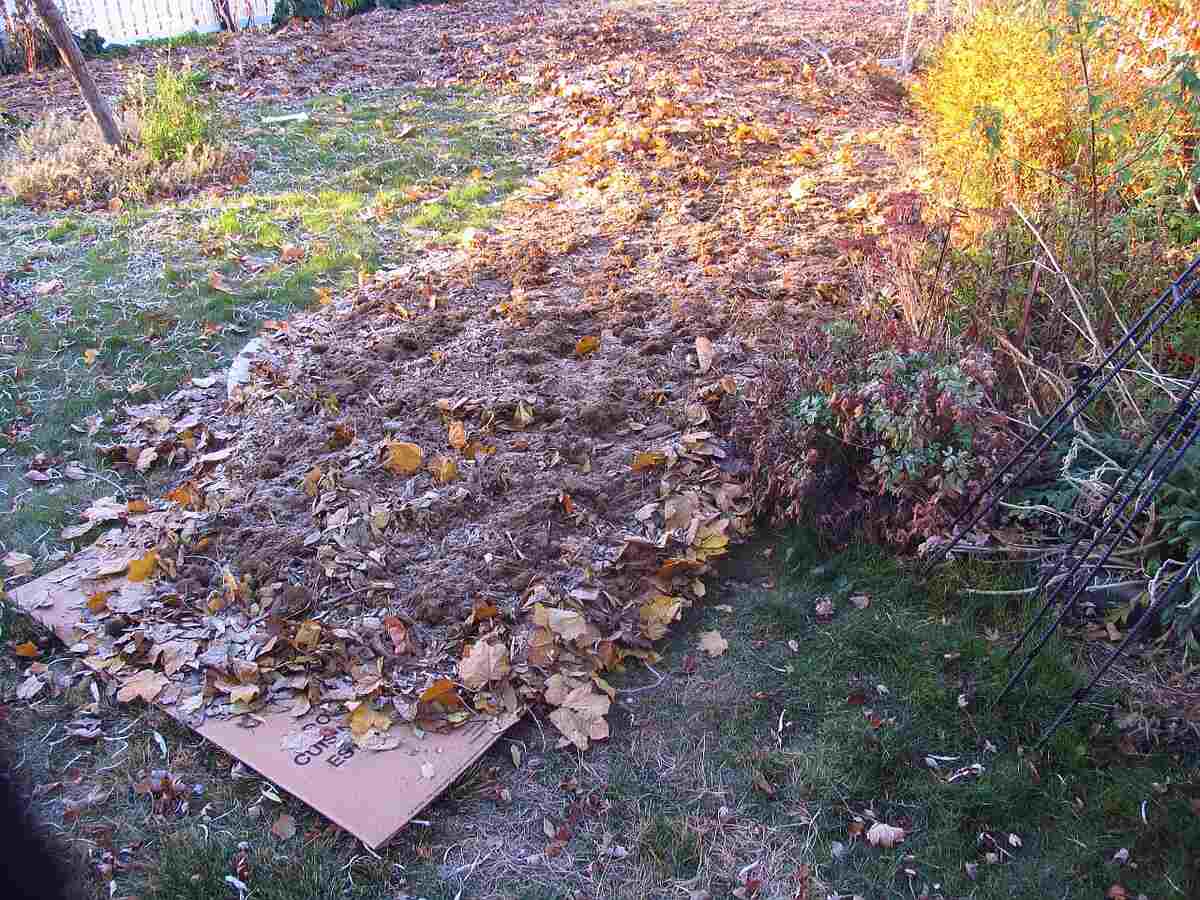
If you want to convert a section of your lawn into a garden or ornamental bed, tilling, spraying chemicals, and weed-pulling until your back gives out are not the only options for removing the grass. Sheet mulching is a low-cost or free way to remove parts of your lawn — no tiller or glyphosate required. We’ll discuss what it is and how to do it. Let’s take a look under the sheets.
What is Sheet Mulching?
Sheet mulching, also known as lasagna mulching, is a permaculture method for transforming a plot of grass into a fresh flower bed. that can also improve your soil, smother pesky weeds, and create a new, water-efficient landscape (since there’s less lawn to maintain). For this reason, sheet mulching is often used in drought-prone areas to remove at least part of a water-needy lawn.
However, even if you live somewhere with plenty of moisture, this technique allows you to go from lawn to landscaping bed in no time, creating a beautiful garden space or drought-tolerant bed in place of a grassy (or weedy) area. Its fans say sheet mulching is easier and better for your soil than removing vegetation with a tiller.
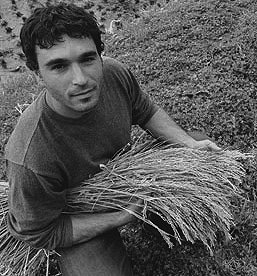
Why not till the soil instead? Permaculture expert Ben Falk of Whole Systems Design in Mad River Valley, Vt., says, “A lot of people think that they need to till their soil for gardening, but actually, it can damage it.”
“Sheet mulching works well for any type of garden or plant bed. It’s easy to do and much better than tilling because as it breaks down, it creates nutrients and all types of biological activity in your soil.”
What does sheet mulching do? Sheet mulching allows you to easily suffocate grass and other unwanted plants by covering them with cardboard or newspapers, adding an organic mulch over the top.
- The mulch will begin to decompose, contributing organic matter and improving the soil’s condition.
- It attracts earthworms, whose wiggling around improves aeration, soil health, and moisture retention.
- Earthworm feces, often known as “earthworm castings,” are an organic fertilizer that contains a number of nutrients that are good for plants.
Step-by-Step Guide to Sheet Mulching
Depending on the size of the planting area you’re working on and proper preparation, this is a project you can usually get done in one day.
Step 1: Plan Ahead
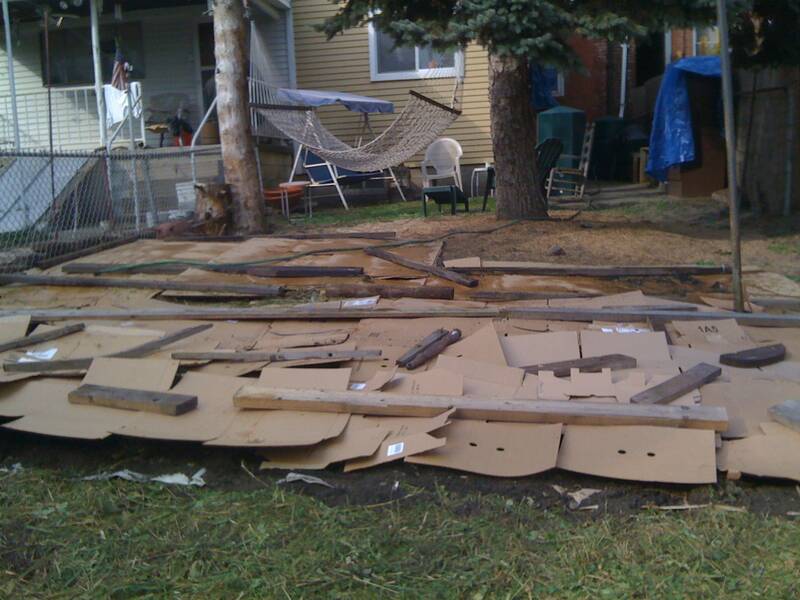
The first step of the process is to do a soil test to determine if any additional nutrients, natural fertilizers, or soil amendments are needed. To get the nitrogen ratio right, you may need to add a thin layer of high-nitrogen material, such as fresh grass clippings or cottonseed meal.
Next, measure out your area and calculate the number of materials necessary. The California Native Plant Society says for an area of fifty square feet, you’ll need the following:
- Newspapers: A stack about two to three feet tall. No glossy ads.
- Cardboard: Approximately 300 square feet. Remove tape, labels, staples, etc.
- Compost: One-quarter to one-half cubic yard
- Organic matter: Around five to seven cubic yards. (Ex: Vegetable and kitchen scraps, manure, fresh grass clippings, or a combination of the above)
- Tools: Access to a water hose, a wheelbarrow, a shovel, and a rake
Step 2: Prepare the Area
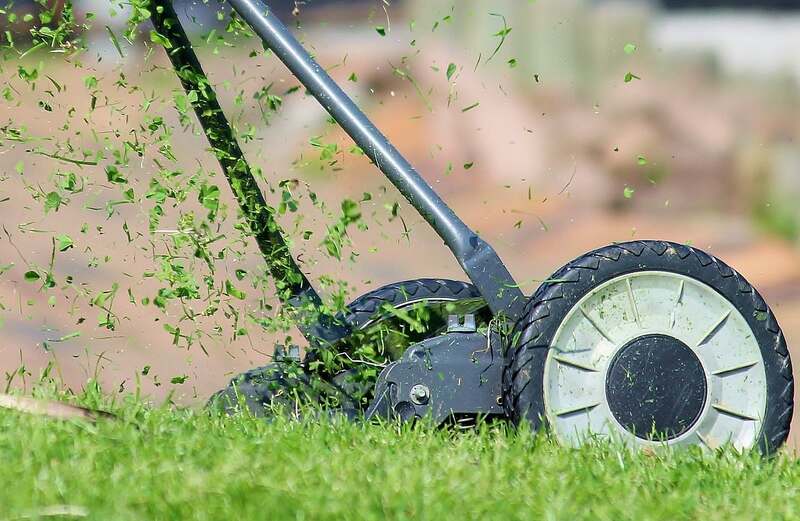
Once you’ve made your adjustments to the soil, it’s time to get started.
- Water your lawn just enough to cover the top 4 to 6 inches of soil. You don’t want to mow wet grass, so irrigate the lawn at least 24 hours before you plan to cut it.
- Mow down the grass, weeds, or whatever’s growing in the area. Leave the lawn clippings and any other organic matter lying on the ground. Remove any invasive or woody plants.
- Mark your sprinkler heads with a flag or rock to keep from covering them up.
- Edge around sidewalks, driveways, or paths to prevent the mulch from escaping and keep water from running off. Six inches of turf should be removed between the paths and the mulching area. Create a natural slope up to your new garden spot by cutting diagonally into the dirt using a spade or hoe.
You can enrich your organic layer or fix uneven areas in your lawn using the extra soil and sod from edging. - Install large plants at this time. Plant hedges or any vegetation that comes in pots 5-gallons or larger, such as flowering shrubs to make your landscape pop. It’s easier to add smaller plants later.
Step 3: Install Weed Barrier
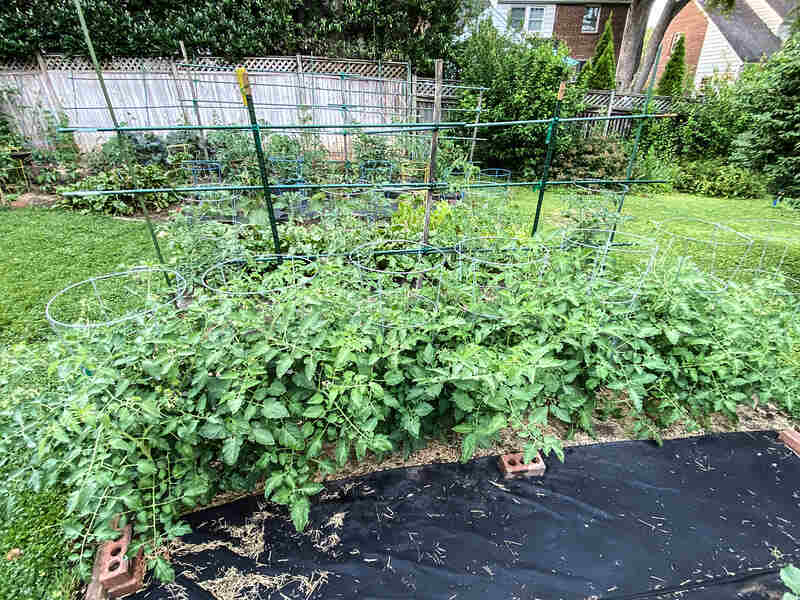
Two of the most commonly used materials for this layer are newspaper and cardboard. However, you can also incorporate natural fibers, like burlap, recycled rolls of cardboard, or other alternatives. Avoid using plastic or landscaping fabric, as it won’t decompose.
- Set up your weed barrier. Make sure to overlap the pieces by 6 to 8 inches to prevent sunlight from shining through. Since any remaining grass will quickly grow back, think about spreading two layers: one layer of newspaper and one layer of cardboard.
- Spray down the material with water as you work to help it remain in place. Bend around barriers or existing plants you want to keep by ripping and folding your cardboard or newspaper. You can also use rocks or landscape staples to hold the layers in place.
Step 4: Add Compost and Mulch
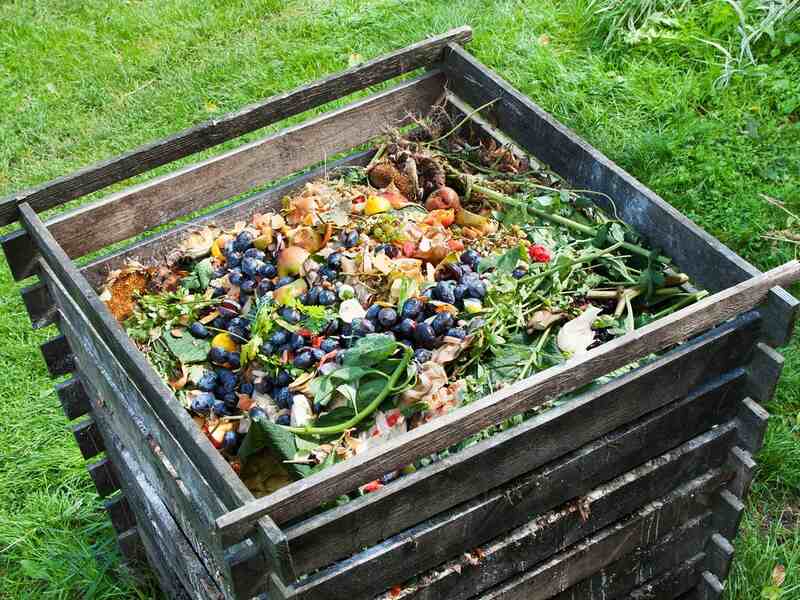
The terms compost and mulch are often used interchangeably, but there are substantial differences between them. Compost is an organic material that decomposes and is biologically active. Contrarily, any organic or inorganic material that covers the soil’s surface is mulch.
You want to add a layer of compost and then a layer of mulch on top of the cardboard or newspaper. Be sure that the organic material you use is weed-free.
- Cover the weed barrier with about 2 to 3 inches of compost. Compost is easy to make at home using yard trimmings and meal scraps.
- Spread mulch 3 to 4 inches thick as the top layer. The best mulch is an organic material, such as wood chips, pine needles, sawdust, shredded bark, straw or wood mulch, bark chunks, or pine bark.
- Add plants now or wait until spring planting, after your mulching has had time to break down into the soil. In milder climates, new plants in 4-inch pots are easily planted straight into the mulch layer on top of the cardboard.
- Water again to keep everything in place, and periodically, to encourage the decomposition process.
Best Time of Year to Sheet Mulch
It is possible to sheet mulch at any time, but mulching your flower garden in October prepares it for planting in April. The materials in the mulched area will decompose over the winter, providing you with a nutrient-rich planting site in the spring.
- Fall is the perfect time of year for creating new beds.
- Mid to late spring, it can scrub out pesky crabgrass.
Cost to Create a Sheet Mulch Garden
You can collect a lot of these materials for free. Check with your local recycling center for newspapers, cardboard, and free mulch.
The cost to create one of these lasagna gardens is relatively inexpensive, especially if you decide to do it yourself. To build a new garden bed that is 250 square feet, the cost of materials would run, on average, between $120 and $265.
Mulch and compost would likely be your most significant expenses. For this example, you’d need about 2.3 cubic yards of mulch, with costs ranging from $17 to $68 per cubic yard. You’d also need around one cubic yard of compost, which costs between $25 and $50.
You can buy newspapers and cardboard boxes or gather them yourself to lower the price of your new sheet mulch garden. Check with friends and family for extra cardboard, newspapers, or compost materials.
Pros and Cons of Sheet Mulching
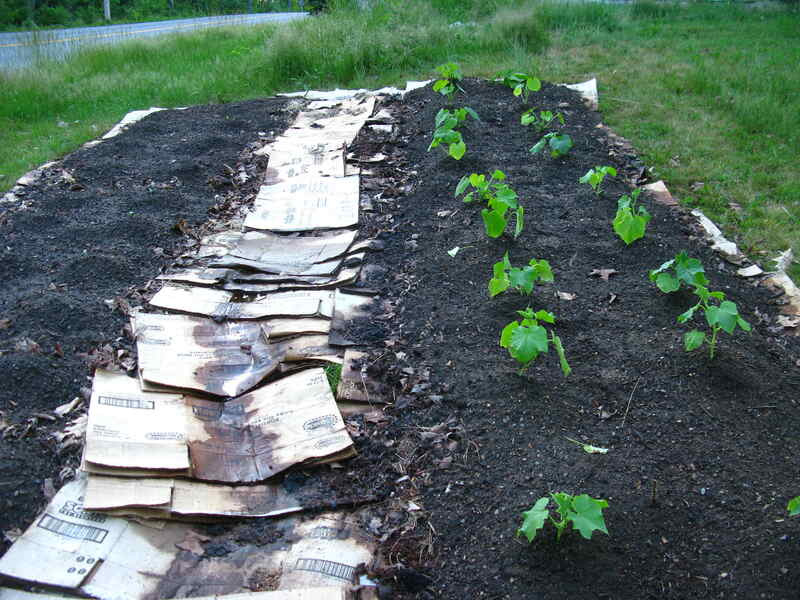
Sheet mulching is particularly popular in California, where water conservation is a big issue. And conserving water is one of the great perks of sheet composting. But that’s not the only benefit.
Pros of Sheet Mulching
- Budget-friendly: Most of the supplies are cheap or free.
- Low-maintenance: Requires less water, fertilizer, and time spent weeding.
- Improves soil: Produces soft, loamy, fertile topsoil where new plants can grow.
Cons of Sheet Mulching
- Takes time: It can take six months or longer for the layers to break down into fertile, healthy soil ideal for planting. Ben Falk says, “If you use plenty of compost on top of the cardboard layer, you don’t have to wait to start using it. But more compost does mean more expense.”
- Invites pests: The organic components are attractive to slugs and snails, two invasive insects, and the layers provide plenty of places for them to hide.
- Material needs: Finding enough materials to create thick layers can be challenging.
Is Sheet Mulching Right for You?
Everything depends on your goals for your landscape. If you want a low-maintenance way to transform your yard into a garden, replace a section of it, or repair your soil by replenishing its nutrients, then sheet mulching might be right for you. It’s not expensive and great for your soil, but it requires a little planning on your part.
FAQ: Sheet Mulching
Recycling centers are a good option; you can find your local recycling center here. Other options include grocery stores, friends, and saving up those shipping boxes.
Six months or longer, according to the Oregon State University Extension service. There are too few microbes to generate a heat reaction, thus making sheet mulching a slow process.
Most cardboard and papers are compostable. Avoid glossy or heavily printed material, and remove any tape or labels from cardboard. Things you can use:
• Cardboard, especially the corrugated variety, as long as it doesn’t have a shiny coating
• Newspapers, remove glossy ads first
• Kitchen waste like paper towels, no styrofoam
• Old artwork. It may seem harsh, but if you have no more room for your kid’s creative endeavors, try taking a picture of it and letting them plant their artwork in the garden.
When to Call a Professional
While sheet mulching may only take up a single Saturday, there’s a lot of prep work to do first. You may want to relax instead of keeping up with the yard work on your days off.
You can get the landscape you love at a price you can live with. A free, quick, and easy quote is just a single click or phone call away. Local landscape specialists will take care of the mowing, weeding, and edging, leaving you a yard you can lounge in.
Main Image Credit: natural flow / Flickr / CC by-SA 2.0